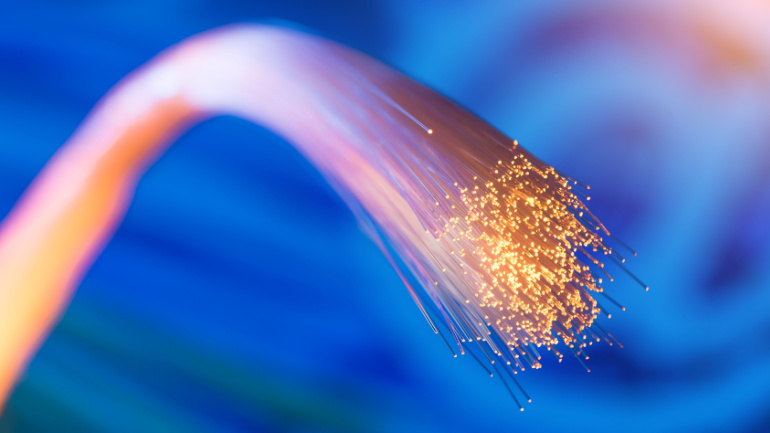Unprecedented in telecommunications, the Amitié subsea cable system, an alliance effort of Aqua Comms, Meta, Microsoft, and Vodafone, provides a major boost to international connectivity. This groundbreaking line, stretching an impressive 6,783 km, links Boston directly with Europe, heralding a new era for cross-continental communication. Equipped with unmatched versatility and a notable capacity of 400 Tbps, this project paves the way for a more connected digital future globally.
Discover how Digital Realty’s sponsorship of Submarine Networks EMEA showcases their dedication to the subsea community, facilitating discussions on vital industry challenges. Their carrier-neutral data centers and Cable Landing Stations play a crucial role in future telecommunications developments.
Geopolitical tensions challenge subsea cable projects, as governments prioritize security of critical infrastructure. Despite obstacles, the industry innovates with emerging technologies like multicore fiber to meet soaring connectivity demands.
Telxius leads the global subsea cable market with 82,000 km of advanced digital infrastructure, recently announcing the Tikal project to enhance connectivity between Guatemala and the United States. Exploring potential in regions like Europe and Latin America, Telxius remains dedicated to offering improved connectivity and faster data transmission worldwide.
Tamares Telecom partners with Grid Telecom to create ANDROMEDA, a subsea optical fiber cable system connecting Greece, Cyprus, and Israel, aiming to establish a new telecommunications corridor between Europe and the Middle East. This strategic alliance offers enhanced connectivity, network diversity, and low latency for wholesale customers across the region.
Telstra, the largest Australian telecommunication company, has announced the launch of a new rapid restoration service for one of its busiest subsea cable routes in Asia. The company has joined forces with Ericsson and Ciena to ensure that their customers stay continuously connected. The solution offers carriers and cloud service providers increased network visibility, flexibility and reliable data access. Nadya Melic, Telstra’s head of Connectivity and Platforms, said the new service is now available on three of its intra-Asia routes, following the successful tests carried out in December 2018. “The Asian region presents one of the most challenging environments for subsea cable systems. Busy and shallow shipping ports in Hong Kong and Singapore, high-levels of fishing activity and an ecosystem prone to natural disasters, all threaten to disrupt or damage underwater infrastructure,” said Melic. The new rapid restoration service on the subsea network will be provided using…
Google’s introduction of the TalayLink subsea cable marks a transformative step in enhancing digital connectivity, particularly for the Asia-Pacific region. As TalayLink extends the Interlink system, it offers a vital alternative route through the Indian Ocean, alleviating congestion in the Sunda Strait. This expansion fortifies Google’s robust subsea cable initiatives, advancing global digital networks.
The UK’s focus on safeguarding its undersea networks is critical amid rising tensions with Russia and China. With concerns over VoIP communication vulnerabilities and infrastructure threats, the Royal Navy is vigilant. Reforms ensure clear accountability, emphasizing the importance of protecting crucial subsea networks for digital security.
Meta and a coalition of leading tech firms, including Google and Microsoft, have completed the infrastructure for the extensive 2Africa submarine network. This massive international subsea project promises to significantly boost internet connectivity across Africa, Asia, and Europe. With enhanced VoIP services, regions can expect accelerated economic growth and improved communication.
Google will invest six billion dollars to build Asia’s largest data center in Visakhapatnam, India. Two billion dollars will fund renewable energy infrastructure. This marks a major step in Google’s regional expansion and supports India’s growing digital ecosystem.













